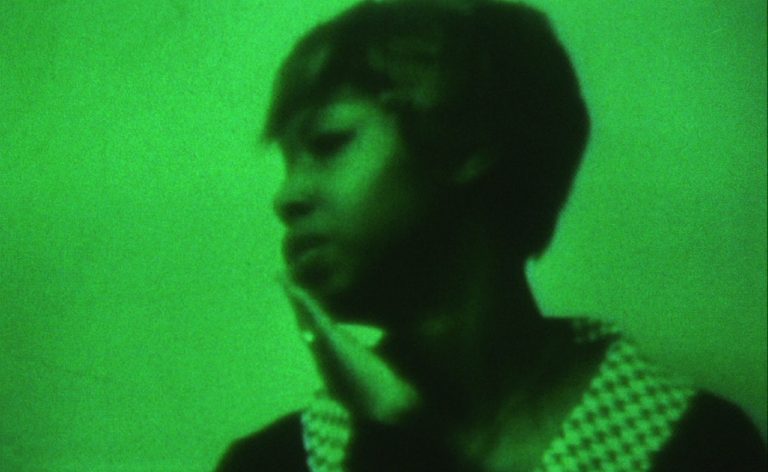Language and art: new online program launches at the Ellen Art Gallery

The Ellen Art Gallery recently launched a new semi-annual, online program. Each instalment of Terms will investigate the manifold meanings of a given word. The program is tripartite, featuring three components.
For the first component, the selected term will be explored in a short essay by a researcher working outside of the visual arts. He or she will examine the term through a particular lens, reflecting on the nuances, ambiguities, and plural meanings of the term.
For the second component, Gallery curator of research and program leader Julia Eilers Smith will pair the term with an existing artwork.
In the final component, a writer from the cultural sector will produce another short essay. Using the artwork as a point of departure, and drawing on the first essay, the writer will further explore various dimensions of the term and its significances.
Each term will be twice presented in this tripartite form — twice in the given year — before another term is selected for the following year.
Terms investigates how various, polysemic meanings are sedimented in words, how terms are disseminated, and how they alter public discourse.
Vulnerability
The first edition of Terms explores the term Vulnerability.
Writer, researcher, community organizer, and activist Mostafa Henaway explores the term ‘vulnerability’ in relation to his work with migrants.
“If there is a term,” he writes, “that evokes a spirit of our moment, it is ‘vulnerability.’”
Henaway depicts our ambivalent notions of vulnerability. The term can sometimes evoke empathy for migrants that are struggling. But ‘vulnerability’ is sometimes considered in terms of the apparent ‘natural’ limits of a person or organism. We see vulnerability as a person’s natural susceptibility to inevitable assaults from the outside.
Henaway makes a case for other conceptions of vulnerability that allow it to be understood as something largely created through our own constructed political, economic, and social world.
He uses this notion of created “structural vulnerability,” exploring how various policies create adverse and exploitive conditions for migrant workers.
Henaway’s essay is followed in the program by a short 1960s film by Canadian artist Joyce Wieland, Hand Tinting.
Arts writer Yaniya Lee develops the exploration of vulnerability through a reflection on the film.
Forming a continuity with the theme of labour, the film is comprised of leftover footage produced by Wieland when she worked at a youth employment training center. The center aimed to teach employable skills to disadvantaged youth.
“Wieland’s task,” explains Lee, “was to film cutaways of the participants during downtime, allowing the recruitment documentary to show the centre’s atmosphere.”
When the company rejected Wieland’s documentary, she made her own film using some of the footage. The film is hand-tinted and perforated in places with a sewing needle.
In her own account of the experience, Lee writes, Wieland was moved by the somewhat pitiful circumstances of the young, mostly black women, while also inspired by their courage and willingness to invest in themselves.
Lee uses the film to reflect on the use of vulnerable subjects as the ‘content’ of film and works of art.
“Wieland ‘got’ the footage to make this film from a paid job; the girls she filmed were at a training centre seeking new opportunities,” Lee points out. “What does it mean to use other people’s bodies as matter” for a work of art?
Lee expresses her mix of admiration and distrust for Wieland’s work, wondering whether Wieland has advocated for vulnerable women or whether she has exploited them.
Lee concludes with a reflection on the relation between subject and work, this time questioning her own vulnerability as the writer making a subject of Wieland’s art.
The second posting of Terms will be launched in late January, 2021, examining vulnerability from another viewpoint.
Find out more about the Leonard and Bina Ellen Art Gallery at Concordia.


